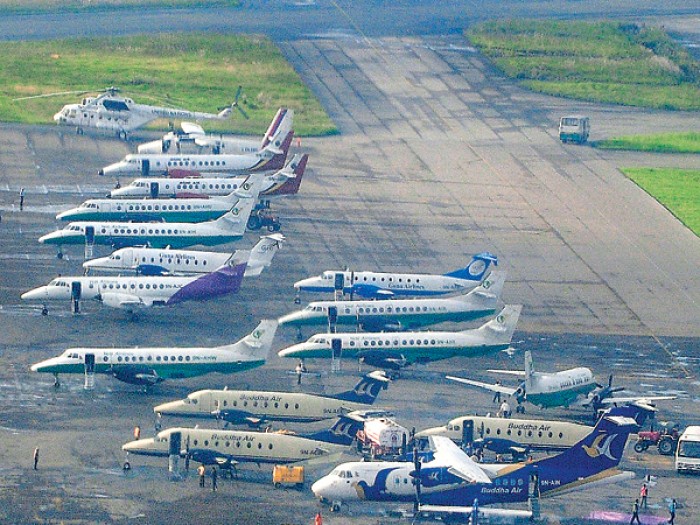Go First Crisis Leads to Higher Airfares and Uncertain Times for Employees
May has been a month marked by constant turbulence following the crash of Go First and the subsequent suspension of flights from May 3rd. The aftermath has led to increased airfares, concerns among aircraft lessors, and thousands of employees facing an uncertain future.

Despite these challenges, efforts are underway to revive the budget airline, and the government, along with other stakeholders, is hopeful that Go First will resume its operations as soon as possible. Just recently, senior executives from Go First engaged in discussions with officials from the Directorate General of Civil Aviation (DGCA) to outline their plans for the airline’s revival.
According to employees who spoke to PTI, there is a mixed sentiment within the Go First staff regarding the prospects of restarting operations. While some remain optimistic, others are pessimistic, drawing comparisons to the fate of former airlines such as Kingfisher Airlines and Jet Airways.
The uncertain future looms over more than 7,000 Go First employees, causing a ripple effect that can be seen in the soaring prices of air tickets on previously serviced routes. Go First, which used to operate approximately 170-180 flights per day, now faces a crisis stemming from the unavailability of Pratt & Whitney engines, leading to the grounding of over half of its A320 neo fleet. The situation reached a critical point when the airline’s promoters decided to suspend flights and initiate voluntary insolvency resolution proceedings on May 2. Since May 3, Go First has not operated any flights, and on May 10, the National Company Law Tribunal (NCLT) accepted the airline’s petition for insolvency proceedings.
Go First’s Flight Suspension
As a result of Go First’s flight suspension and reduced capacity in the aviation sector, airfares on several popular leisure routes have skyrocketed, disrupting the travel plans of summer tourists and causing budgetary challenges. For example, the round-trip fare between Delhi and Leh recently reached Rs 52,000, equivalent to the fare for a Delhi-Paris round-trip during this peak demand season, according to reports from TOI. The absence of Go First flights and the subsequent reduction in overall aviation capacity has caused a sharp increase in airfares on specific routes.
A few weeks ago, the government had urged airlines to practice restraint and maintain a fair balance in air ticket prices following a surge in fares after the suspension of Go First flights. However, the government has clarified that it currently has no intentions to regulate airfares.
In response to the significant increase in airfares, Union aviation minister Jyotiraditya Scindia has formed a committee to analyze these spikes. Scindia acknowledged that Go First had reduced flights on the 315 routes it previously operated. He stated, “As a result, there is a higher demand for these routes, even though we have allocated them to other airlines.” It is important to note that market forces determine airfares, and the government does not establish or control them.
Furthermore, several lessors who have leased aircraft to the budget airline have contested the insolvency proceedings, asserting their rights to reclaim the planes despite the moratorium on the carrier’s financial obligations and asset transfers.
Go First had been operating for over 17 years.
Also, Read: Indian Aviation News
Private & Non-scheduled Charter operators in India
Go through, the Mall of Aviation
For the best HELIPAD CONSULTANCY



